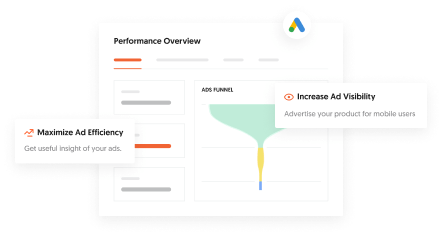The old good proverb “It’s better to see something once than to hear about it a thousand times” precisely describes what a website prototype is for. Site prototyping is the process of creating a simple scheme, sketching a page of a future website where its main elements will be displayed.
The prototype definitely saves your time and money. Statistics shows that a good, well-thought-out prototype of a project can reduce its cost by 20, or even 30%. Of course, it helps you to show the client an approximate version of the site, conduct A/B testing and make edits.
Also Read : Top 5 Strategies to Boost Traffic and Leads
Let’s take a good look at all the important advantages of creating a prototype of a website, define its goals and understand how to create the perfect website prototype !
Goals of website prototyping
The website prototype allows you to:
- thoroughly consider where the blocks and elements of the site will be located;
- take another look at the concept of the future website;
- completely organize the navigation system of the site;
- decide how to organize interaction with the website’s visitors.
Benefits of creating a prototype site
The website prototype helps you to:
-
Understand and evaluate the future website.
At the stage of discussing the idea, the website is something ephemeral: it is very difficult to adequately estimate the cost of its development for both the contractor and the customer. Creating the website prototype gives you an expanded and more accurate understanding of the project.
It is important that the prototypes make it possible to envisage the development of the site and set the functions that can be updated, saving at the initial stage of launching the website.
-
Determine the structure and content of the website.
When designing prototypes, questions on the organization of the structure of the catalog, filters, product card, basket, personal account, etc. are being solved. Interactivity helps you to not only design the website structure, but also a user-friendly interface. You can immediately try interesting visual effects.
-
Simulate the operation of website functions.
Interactive prototypes allow you to simulate almost everything: adding a product to the cart, filtering the product catalog, placing an order, working sliders and banners, a drop-down menu.
It is also possible to design additional functions of the back office, expanding the capabilities of the CMS.
Also Read : The Complete Guide to Vaping
-
Test and correct the mistakes.
Using prototypes, you can test your website in a focus group, identify the weak points and design the errors, and then fix them before you lose your money.
-
Save time and money on design.
When a designer works with an already established prototype and approved template structure, this significantly reduces the time and cost of developing the website.
-
Estimate the amount of programming.
An experienced programmer can “try out” the functionality of a website on the CMS and highlight the most non-standard, and therefore expensive functionality blocks. The client can clearly decide what to choose – the originality or the low price.
-
Optimize high loads.
The website prototype indicates the logical errors in the website operation (and the blocks that generate the greatest load on the server) to the experienced programmer/team leader. This allows to pay special attention to these weak points at the stage of development and to make the necessary optimization.
There are certain requirements to the website prototypes:
- The high speed of creating the prototype. Fast prototype creation saves time on project development.
- Detailing.
- The ease and speed of making changes to the prototype.
- Interactivity (the ability of the prototype to respond to user actions).
- Accessibility for all participants of the process (customer, designer, manager, programmer, etc.).
How to create an ideal website prototype?
Depending on your approach, you have a huge variety of tools to choose from. However, most of them are paid, plus you will have to spend a certain time to study the tool.


